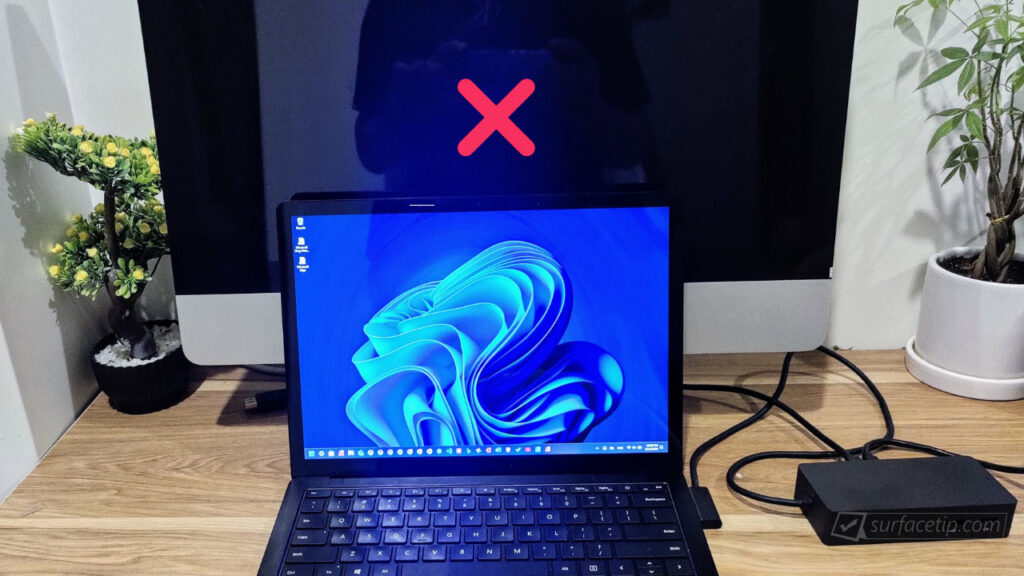
Do you experience the problem that your Surface Dock or other docking stations don’t detect external monitors? This issue can be frustrating and can hinder your productivity. However, there are several reasons why this problem may occur. It could be due to faulty cables, connectors, adapters, corrupted drivers, hardware incompatibility, or incorrect settings.
We understand that encountering problems can be frustrating. However, there’s no need to worry. We have provided a series of troubleshooting steps and solutions that will assist you in identifying and resolving the issue. We will begin by addressing a simple and easy-to-resolve issue before moving on to more advanced and complex steps.
Table of Contents
1. Check cables, adapters, and power.

You can start with the basics by checking the cable, connectors, and power source to ensure everything works properly.
Here are the steps you can follow:
1. Check the cable – Ensure the cable securely connects your monitor to your docking stations and your Surface on each end. If the cable is loose, try unplugging it and plugging it back in.
2. Check the adapters – If you use an adapter or converter to connect your monitor to your dock, ensure it’s connected properly and securely. If you use a USB-C, DisplayPort, or HDMI cable, ensure the connectors aren’t damaged or bent.
3. Check the power – Ensure your monitor, docking stations, and computer are turned on, connected to a power source, and not in sleep mode. Also, check the power adapter for your dock and monitor if it has a separate power source; make sure it’s plugged in and turned on.
By following these steps, you can quickly fix and save time before performing further technical steps.
2. Connect the monitor directly to your laptop.

If you’re facing issues with your monitor not displaying, connect it directly to your Surface using the appropriate cable and adapter. Doing that can help you determine whether your computer can detect the monitor.
Suppose the monitor displays correctly after being directly connected. In that case, there may be an issue with the docking station or the specific adapter to connect the dock and monitor.
In such a scenario, check the connection between the docking station and the computer or try using an alternative docking station or a different model to resolve the issue.
3. Try a different monitor.

If you have followed the above steps and are still experiencing issues with your current monitor, you should try using a different working monitor. You can connect another monitor to the docking station to see if it can detect the new monitor.
Doing so will help you identify whether the problem lies with the monitor or the docking station. If the docking station cannot detect the new monitor, the problem likely lies with the docking station itself.
4. Clear your display cache.

Another fix that might resolve your issue is to clear your computer’s display cache. It will remove all the display configurations of monitors previously connected to your computer. If your monitor once worked fine before, clearing the cache can reverse unintended configurations that prevent the monitor from being detected.
Use the steps below to clear your display cache using the registry file provided by Microsoft.
- Disconnect your Surface from the Surface Dock.
- Download the Surface Dock registry file and choose to open it.
- Run the “surface dock registry.reg” file.
- When prompted, select “Yes” to allow changes to your Surface
- Then select “Yes” again to confirm
- And finally, select “OK” to close the window.
- Restart your Surface, reconnect it to the Surface Dock, and try connecting to your external monitor again.
5. Update your Surface Dock

If you figure out the problem is the docking station, you want to ensure that your Surface Dock has the latest driver and firmware update.
Only Surface Dock, Surface Dock 2, and Surface Thunderbolt 4 Dock that Microsoft offers driver software (MSI package) to download and install separately and manually.
Here are the steps to download and install the latest drivers for your Surface Dock.
Surface Dock 2 / Surface Thunderbolt 4 Dock
For Surface Dock 2 and Surface Thunderbolt 4 Dock, you can use the following URL to download from Microsoft Download Center:
- Surface Dock 2
https://www.microsoft.com/en-us/download/details.aspx?id=101317 - Surface Thunderbolt 4 Dock
https://www.microsoft.com/en-us/download/details.aspx?id=105115
When you go to the designed page, please expand the Details section and find an MSI package compatible with your Surface model and operating system. For instance, if you have a Surface Pro 8 with Windows 11 and a Surface Thunderbolt 4 Dock, please look for the download with the following information:

Alternatively, you can also use the Surface app using the following steps:
- Connect your Surface Dock to your device.
- Click the Start button and search “Surface” in the search bar.
- Open the Surface app from the search results.
- At the bottom of the app, select “Surface Dock” from the list of connected accessories.
- Click on “Device Information” to see the currently installed firmware and check if it is up to date.
- If an update is needed, select the option to update your device.
Surface Dock (1st Gen)
For the original Surface Dock, you need to use the Surface Dock Firmware Update utility by downloading it using the following URL:
- Surface Dock Firmware Update
https://www.microsoft.com/en-us/download/details.aspx?id=46703
When you open the download page, please look for the download with the name starting with Surface_Dock_FwUpdate. Please select AMD64 architecture for Surface with an Intel or AMD and ARM64 with Surface Pro X or Surface Pro 9 5G.
Once you have installed the Surface Dock Firmware Update, your Surface Dock will update automatically. However, follow these official instructions from Microsoft to update your Microsoft Surface Dock Firmware manually.
Conclusion
To summarize, if you’re experiencing issues with your Surface Dock not detecting external monitors, follow the troubleshooting steps outlined in this guide. You can quickly identify and resolve the issue by checking your cables, adapters, power source, and display settings and trying a different monitor. Additionally, updating your Surface Dock driver and firmware can help fix the issue. Let us know in the comments if you found these tips helpful!

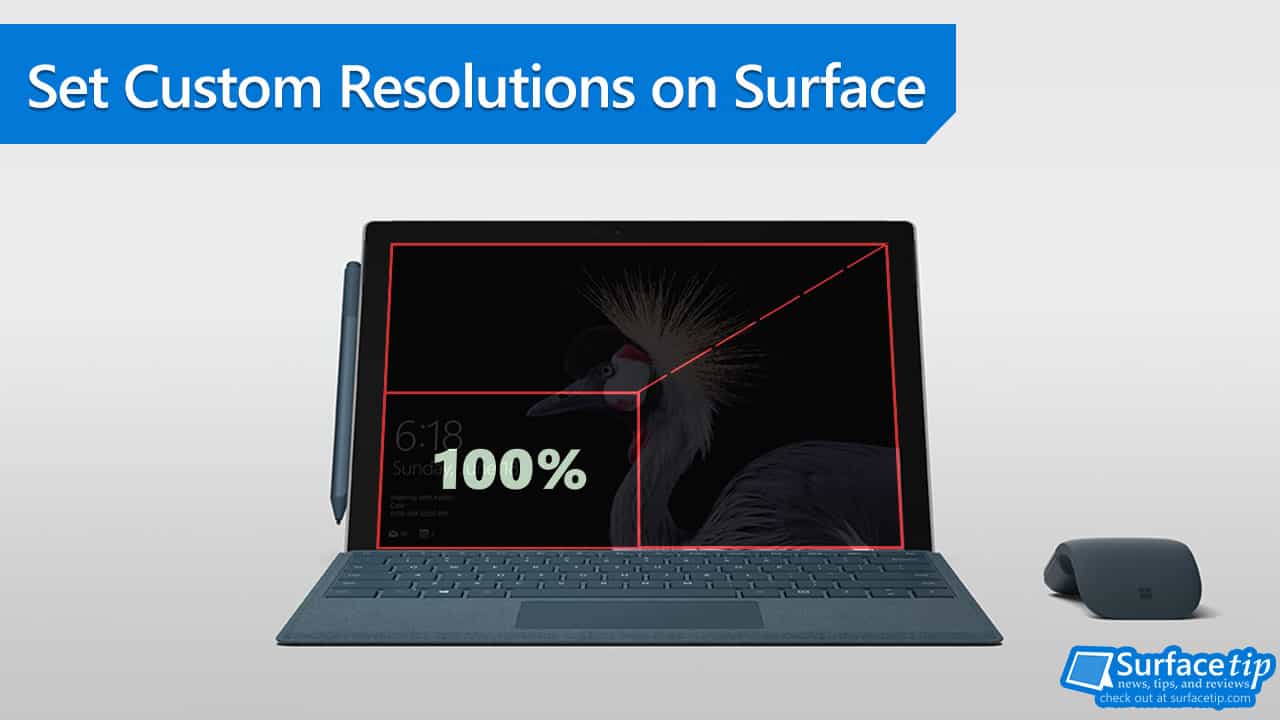
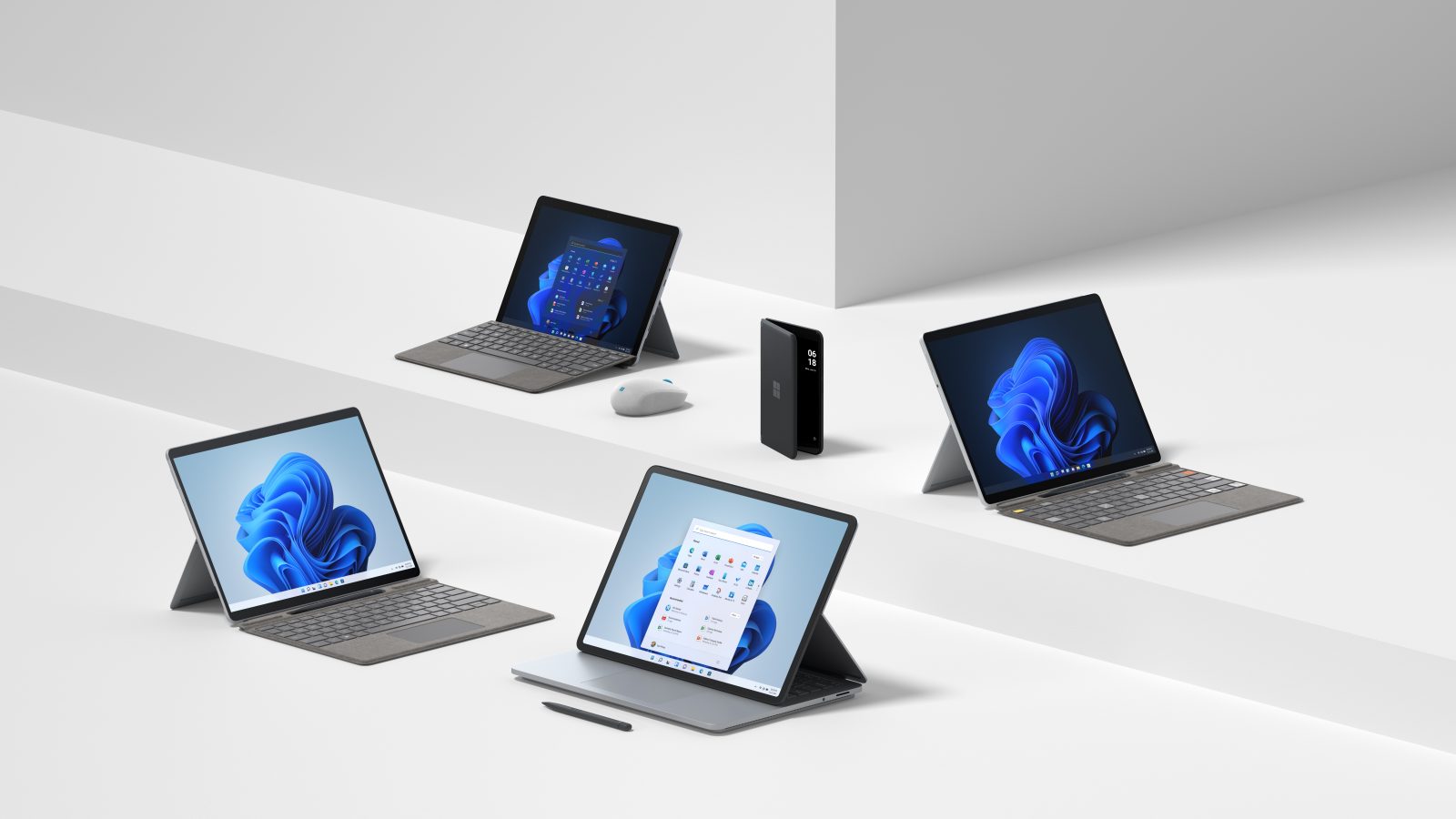
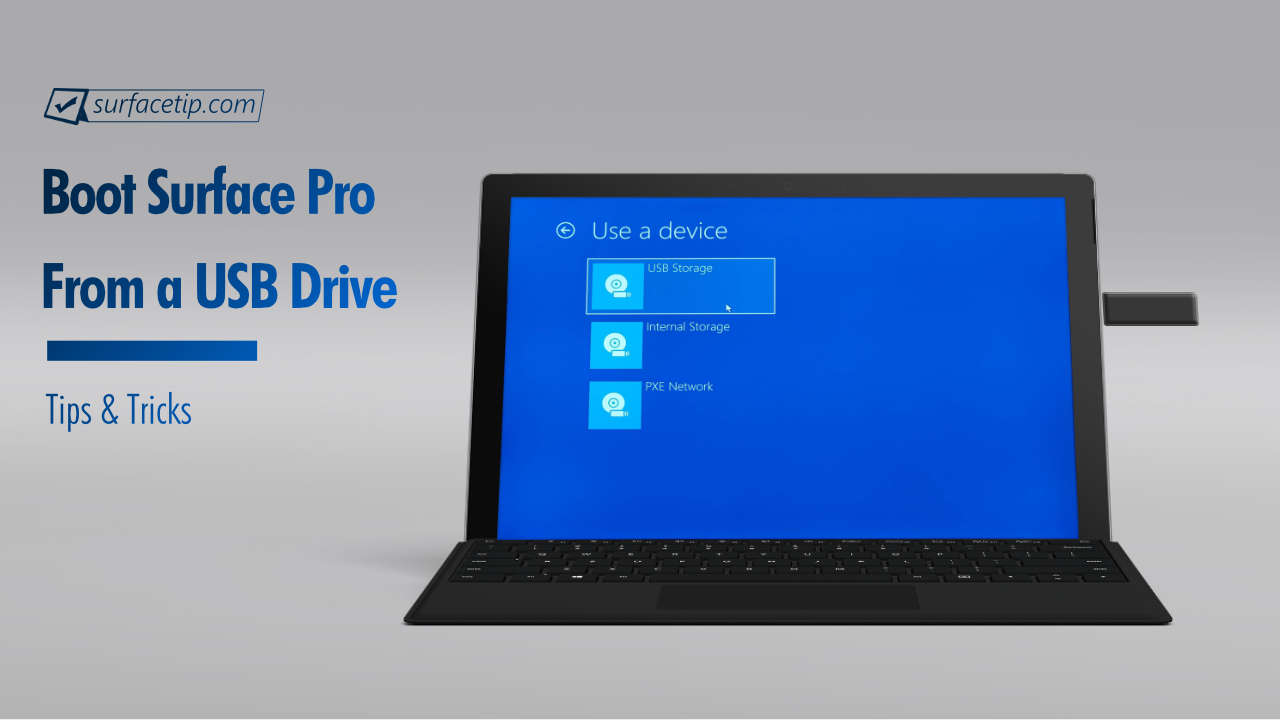
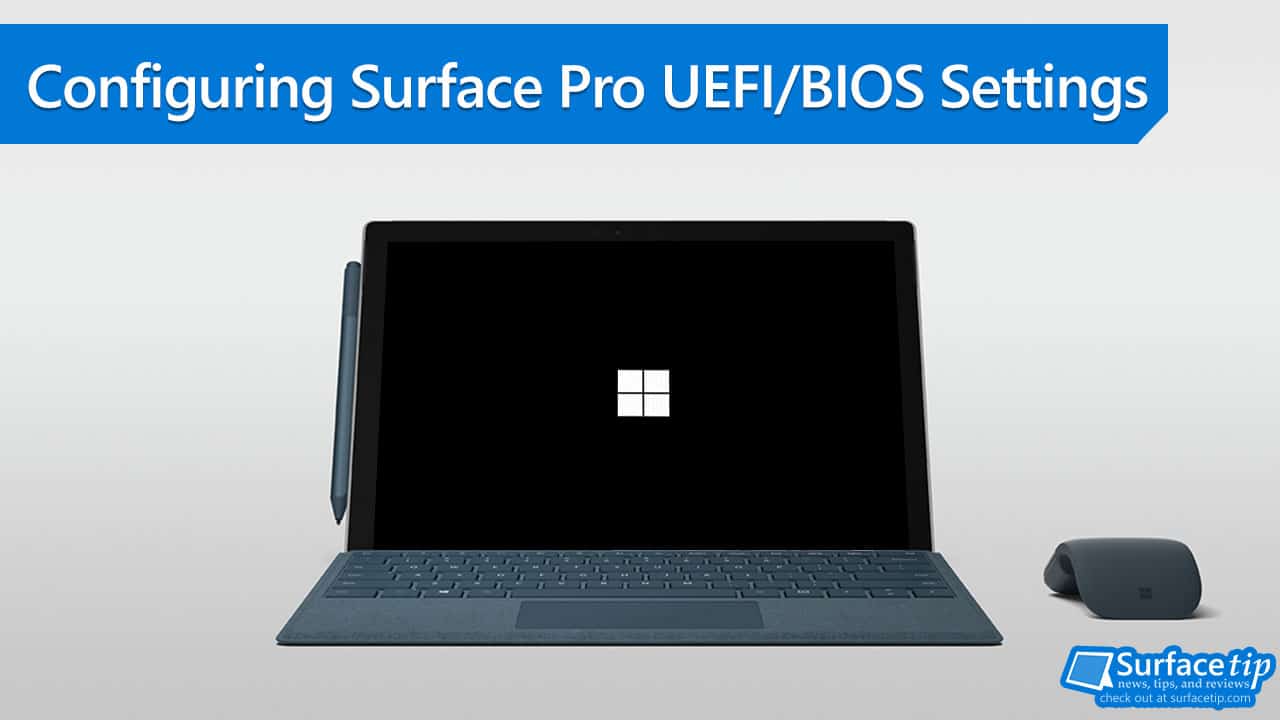
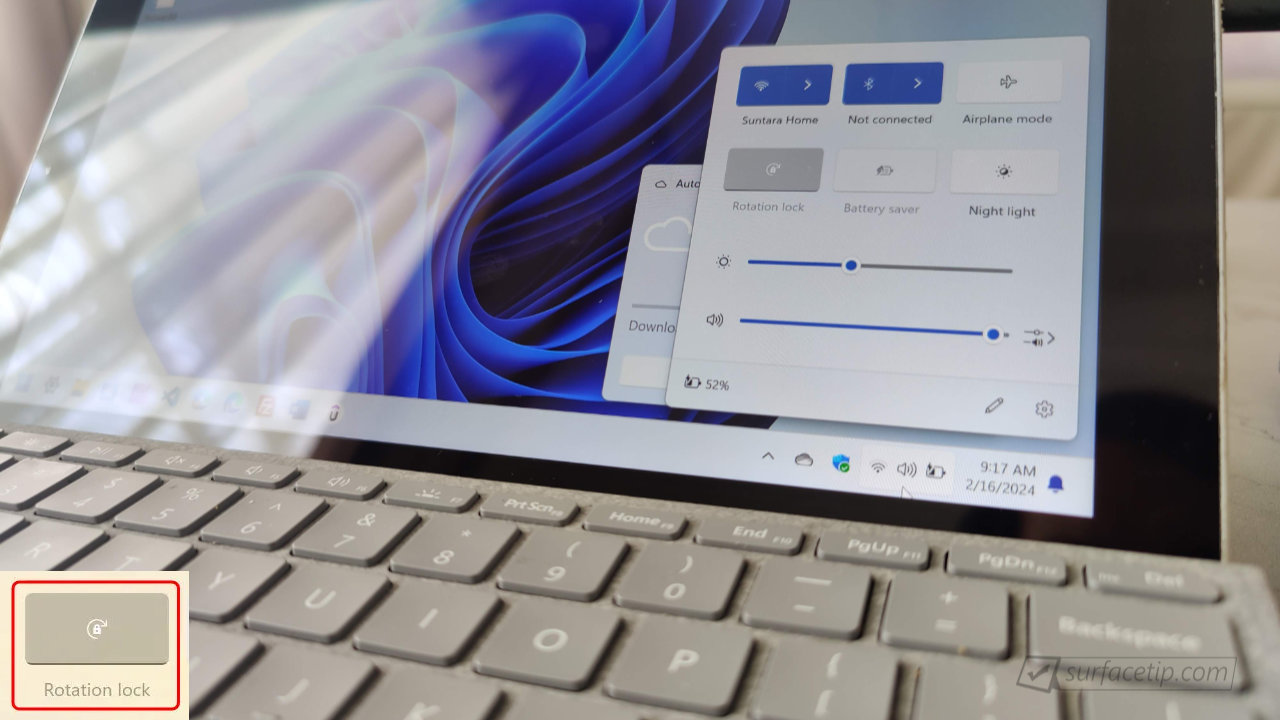
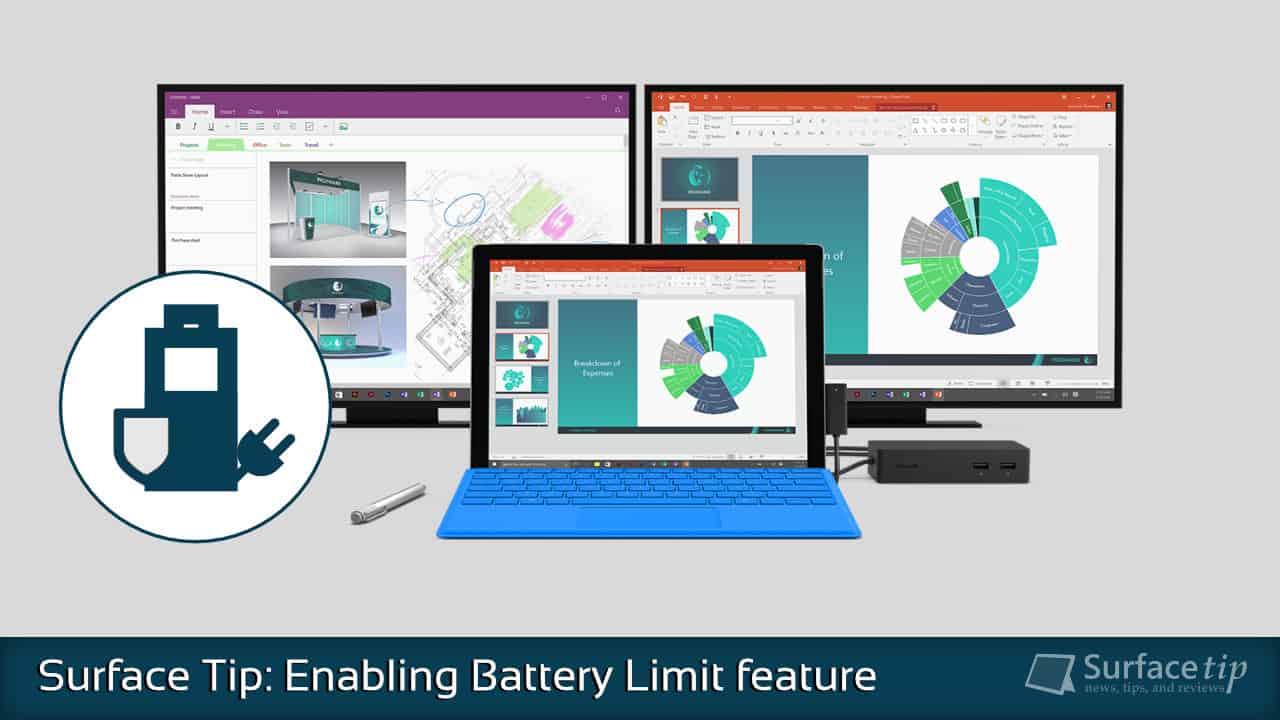
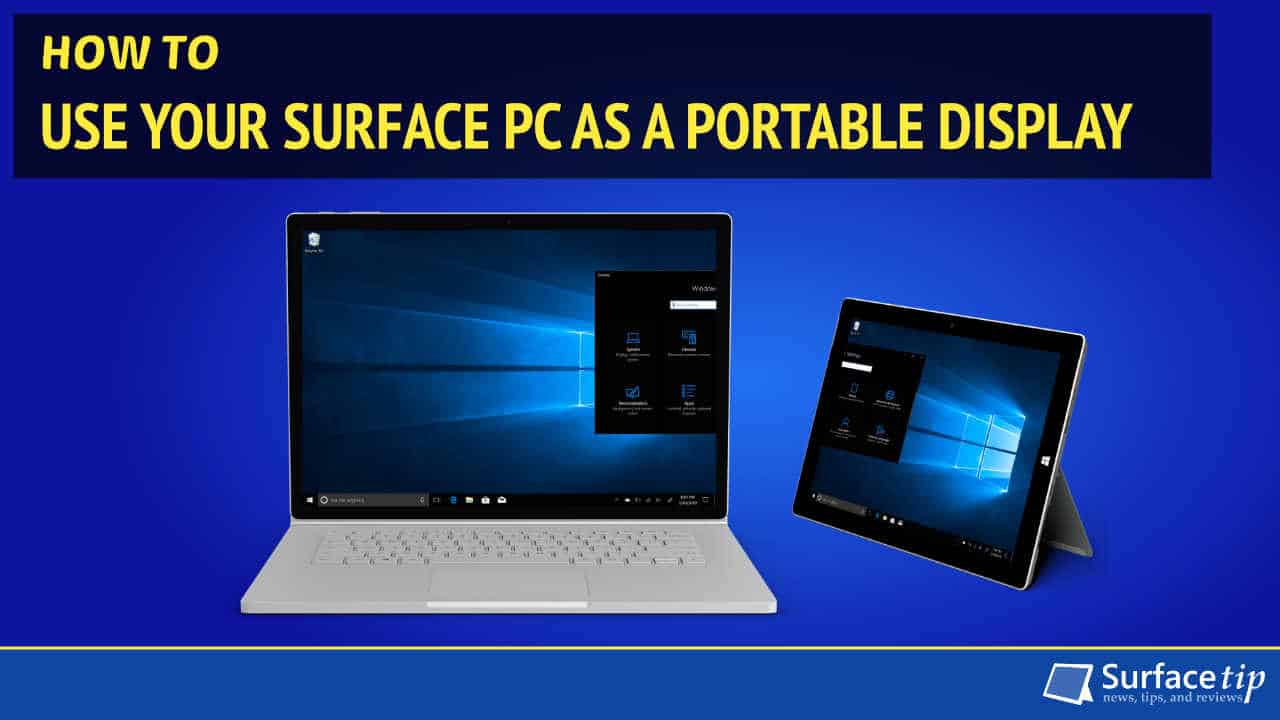
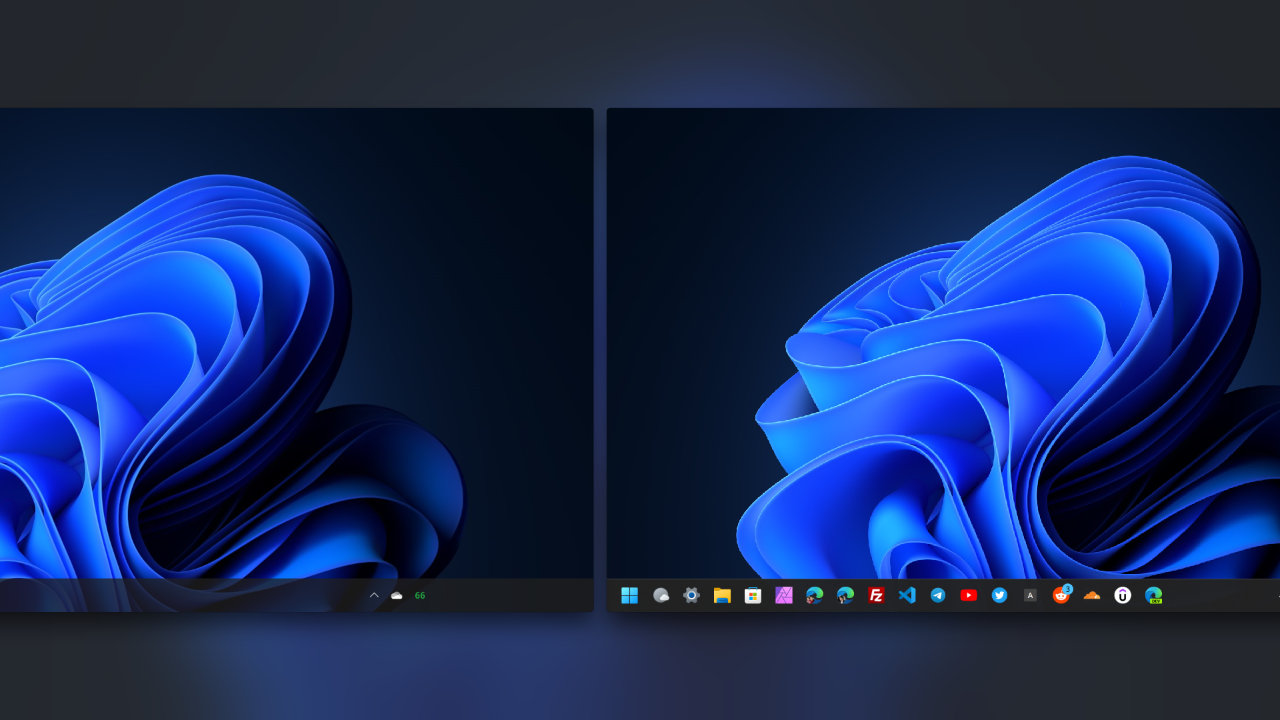
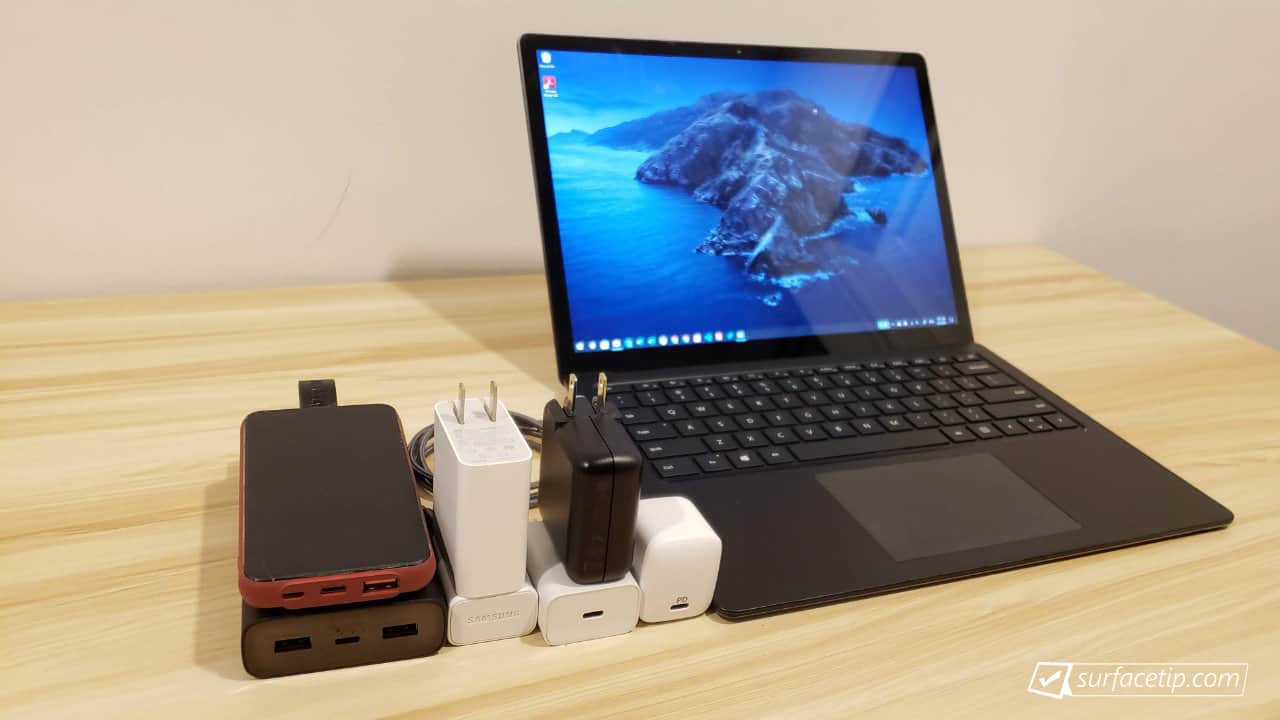
COMMENTS
Let us know what you think!
We appreciate hearing your thoughts, questions, and ideas about “How to Fix Surface Dock Not Detecting External Monitors”.